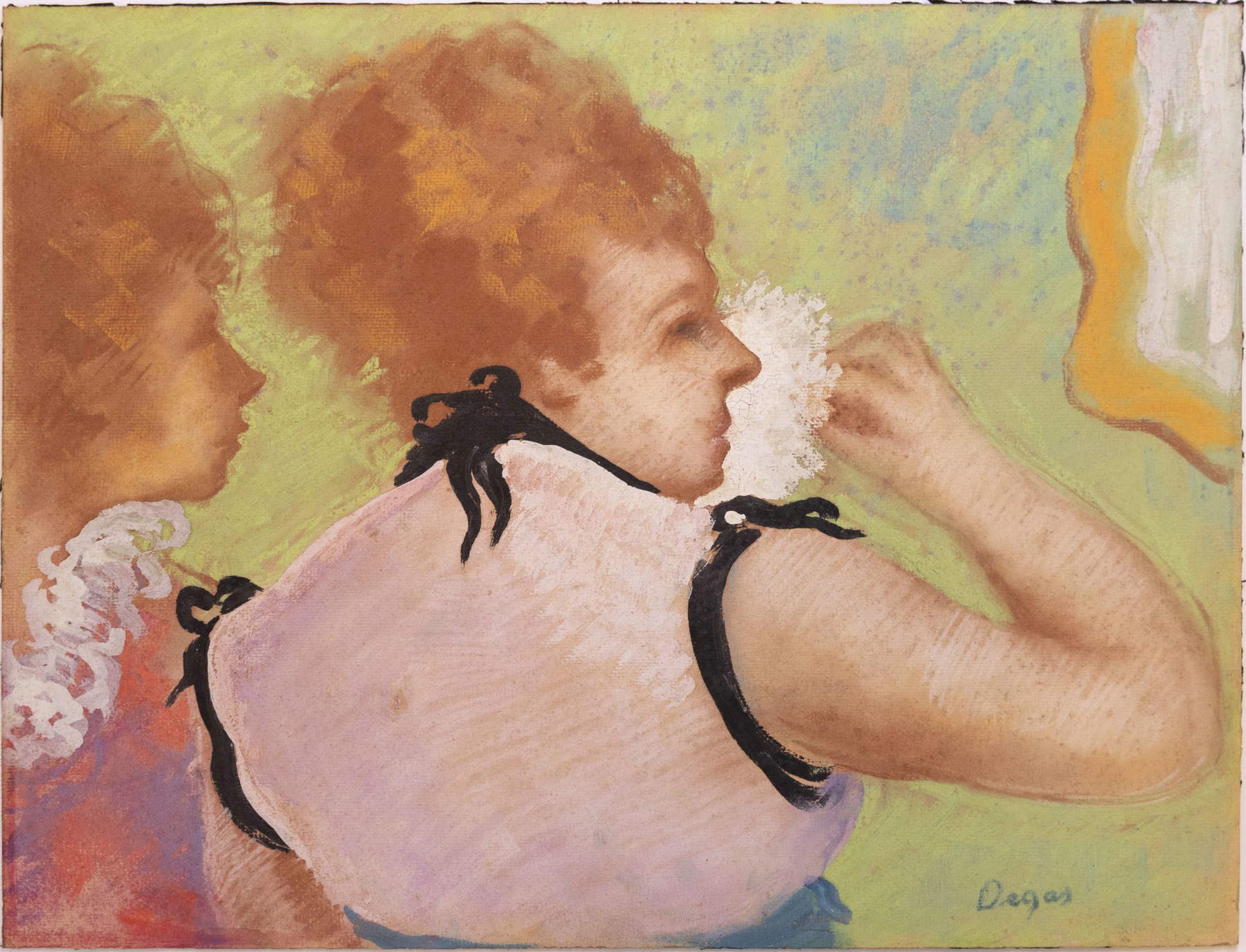Bought for 926 euros as a fake, scholars say it's a real 12 million Degas
A painting purchased in 2021 for a few hundred euros online, and classified at the time as a fake Degas, would actually be a real work by Edgar Degas, believed to have been lost for years. The story was told by the Catalan newspaper El punt avui: it all started in 2021 when a collector spotted, on the Spanish portal Todocolección (a site where all sorts of antiques and modern items are sold), an oil on canvas that was being sold as a “painting with Degas signature,” a label used when the work is believed to be inauthentic and someone has put an apocryphal signature on it. The owner was convinced that it was not original, so he put it up for auction on the portal with a base price of only one euro. The buyer, interested by that painting that seemed to be of excellent quality anyway, participated in the auction and managed to take it home for the sum of 926 euros.
After that, he commissioned a study to confirm or exclude the authorship of the work and it seems that it is an authentic Edgar Degas that could be worth something like 12 million euros (or 7-8 according to other experts, but in any case we are talking about figures far away from the one at which the lucky and shrewd collector bought it). Positive opinions have come from Michel Schulman, author of the online catalog raisonné of Degas, art historians Judith Urbano and Álvaro Pascual, and consultant Juan Arjona. The work in question is a pastel on cardboard entitled Éloge du maquillage and was presented last May 27 at the Institut Français in Madrid. Its history has several links to Catalonia: not only are the new owner (who wishes to remain anonymous) and the person who put it up for sale both Catalan, but in the past the work belonged to a Sabadell entrepreneur, Joan Llonch Salas, who had amassed an interesting art collection. According to reconstructions, Salas allegedly purchased the work in 1940 from a Francisco Mario Ricart (the receipt was attached to the documentation for the sale on Todocollección). Salas would later exhibit the work in public only once, in 1952, in an exhibition. Going even further back in time, the first owner of the painting, according to what scholars have reconstructed, is supposed to be the draughtsman Julià Bastinos, an artist from Barcelona, who allegedly bought the work directly from Degas in 1887 for the sum of 3,000 francs. Bastinos, who had moved to Paris in 1872, knew Degas well: after buying the work he allegedly took it with him to Cairo, where he had moved and where it disappeared. It was then brought back to Spain by Julià’s brother, the publisher Antoni Joan Bastinos: it remained on the family’s property until 1934, when it was confiscated by the Republican authorities along with their entire collection of about 150 works.

During the Spanish Civil War, the painting was at the Pedralbes Monastery, where it had been temporarily deposited: it was recovered by the Francoists (who affixed a label, still present today, saying “Recovered from the enemy”) and returned to the Bastinos family in 1940. However, it is not known how it ended up from the Bastinos family to Ricart, that is, to the person who sold the work to Salas.
Schulman and his team came to the conclusion that it was a Degas painting not only from historical analysis, facilitated by the labels the painting bore on the back, but also “after an in-depth analysis of the pigments, a meticulous study carried out with X-rays and photographs,” the scholar told El País newspaper. Indeed, there is also a photograph of the work dating back to the 1930s. The analysis conducted by Schulman and colleagues dates back to July 2023. Moreover, again according to Schulman, in the past the painting was in pendant with another work, Le client sérieux. And now the painting already appears in Schulman’s digital catalog raisonné. To the delight of the collector who had the insight to buy it.
 |
| Bought for 926 euros as a fake, scholars say it's a real 12 million Degas |
Warning: the translation into English of the original Italian article was created using automatic tools. We undertake to review all articles, but we do not guarantee the total absence of inaccuracies in the translation due to the program. You can find the original by clicking on the ITA button. If you find any mistake,please contact us.




























